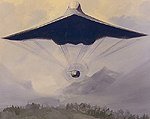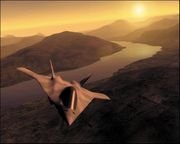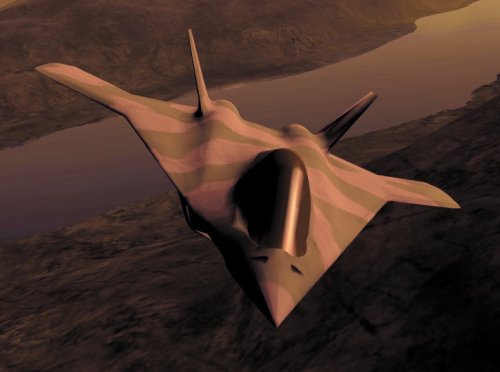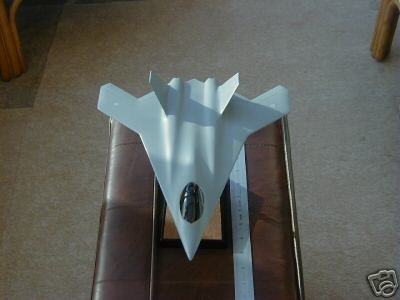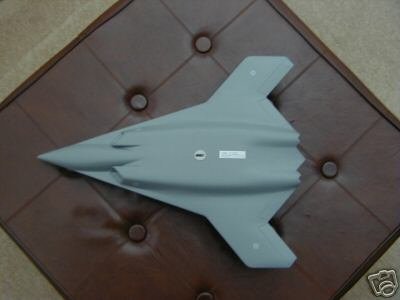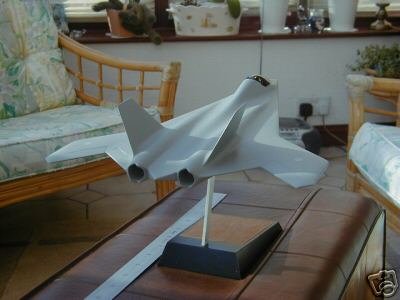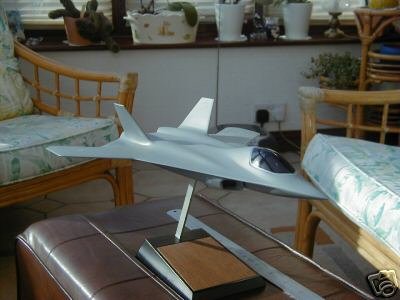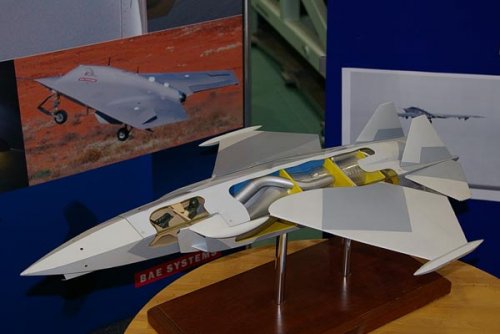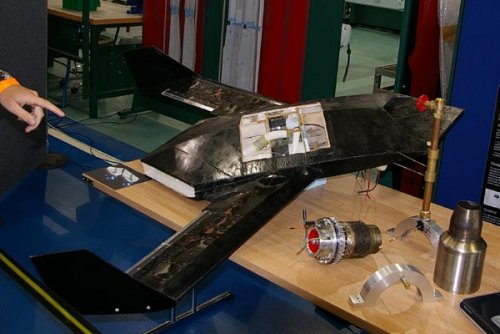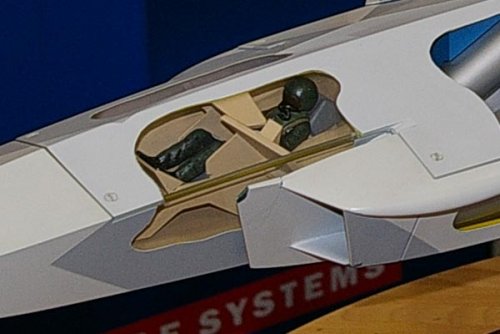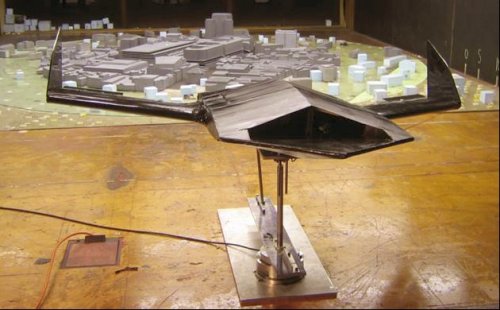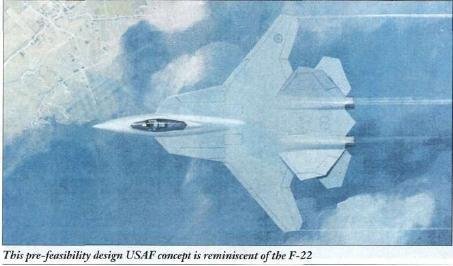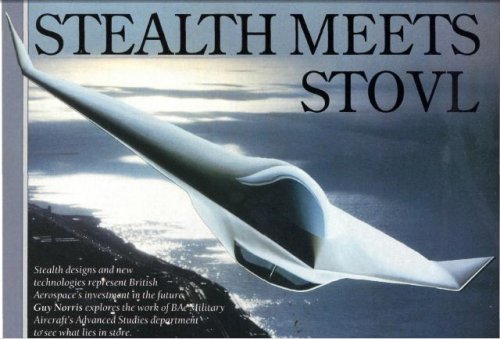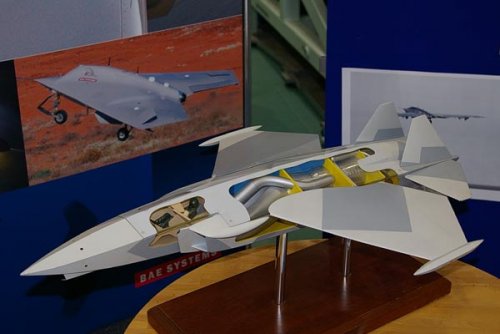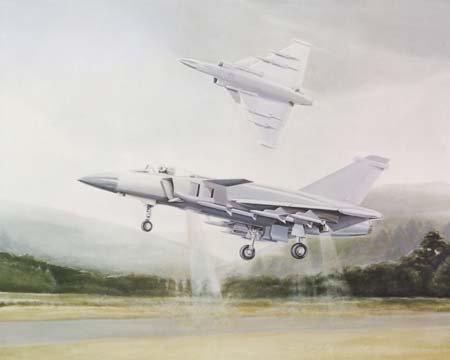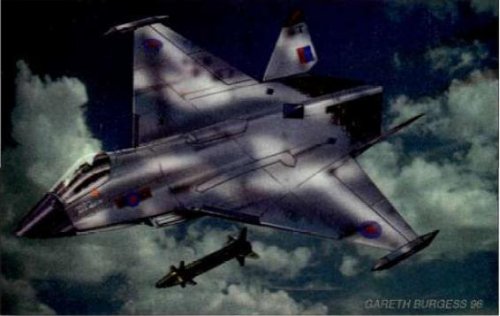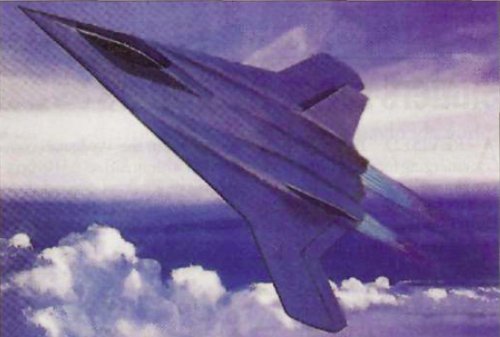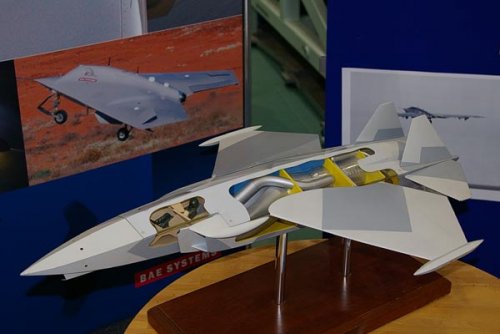- Joined
- 26 May 2006
- Messages
- 34,950
- Reaction score
- 15,839
My dears,
During the early of 1990s,UK lauched a program LO (low observable aircraft)
to replace Tornado GR.MK4,and in 1997,it change the program into FOAS
(future offensive aircraft system).France and USA were shared in the program,
and the partenrs were GEC,Matra,BAe dynamics,Rolls-Royce,smiths and
Lookheed-Martin.The aircraft may be unmanned and it have a stealth technology.
any additions are welcome.
During the early of 1990s,UK lauched a program LO (low observable aircraft)
to replace Tornado GR.MK4,and in 1997,it change the program into FOAS
(future offensive aircraft system).France and USA were shared in the program,
and the partenrs were GEC,Matra,BAe dynamics,Rolls-Royce,smiths and
Lookheed-Martin.The aircraft may be unmanned and it have a stealth technology.
any additions are welcome.

